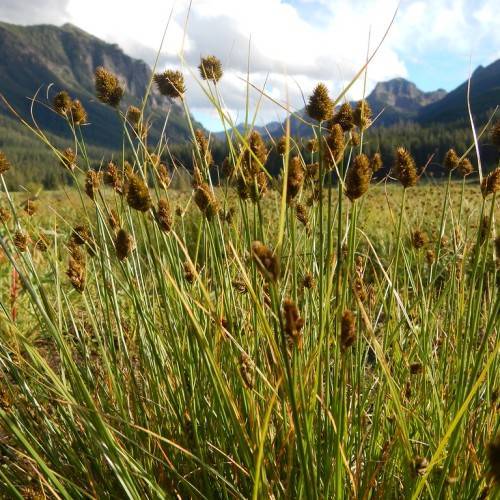
Slender Beaked Sedge
Carex athrostachya
Also Known As - Slenderbeak Sedge,Jointed Spike SedgeWatering:
Minimal
Hardiness Zone:
Flowers:
Flowers
Sun:
Sun, Partial Shade
Soil:
Sand, Humus Enriched
Leaf:
Yes
Growth Rate:
Low
Drought Tolerant:
Yes
Salt Tolerant:
Yes
watering
Hay Sedge should be watered once or twice a week depending on the weather and season. The soil should be kept moist but not waterlogged. During warmer months, it may need more frequent watering. To determine if the plant needs water, stick your finger into the soil and see how moist it feels. If it feels dry, it's time to water the Hay Sedge. Water should be applied slowly and deeply at the base of the plant. It is better to water deeply and less frequently than to water lightly and often. Allow the soil to dry out slightly between watering.
sunlight
Hay Sedge (Carex argyrantha) prefers full sun but is tolerant of partial shade. It should receive around 6-8 hours of direct sunlight a day. Morning sun is best for this species in order to avoid excessive heat stress. If planted in a partially shaded area, the plant should be in the brighter, eastern side for best light levels.
pruning
Hay Sedge (Carex argyrantha) should be pruned once per year, in late summer when the plant has gone dormant. Pruning should be moderate, taking no more than 1-third of the plant at any 1 time. Depending on the desired size and shape of the plant, pruning can be more or less severe. Pruning should be done by removing old, dead, or dead and diseased foliage. Removing diseased foliage is best done in the early spring, before the plant wakes up from dormancy. This prevents the spread of disease.
